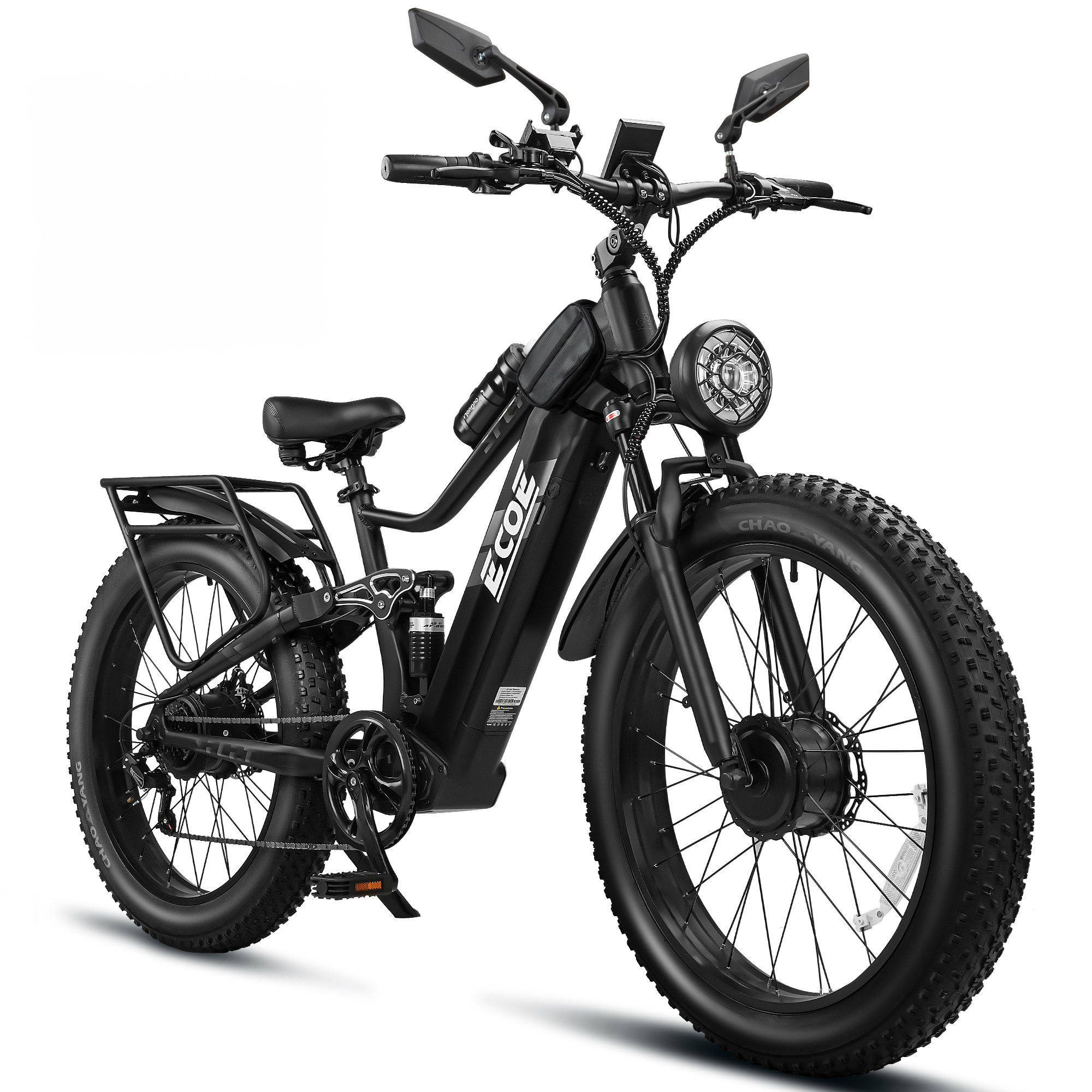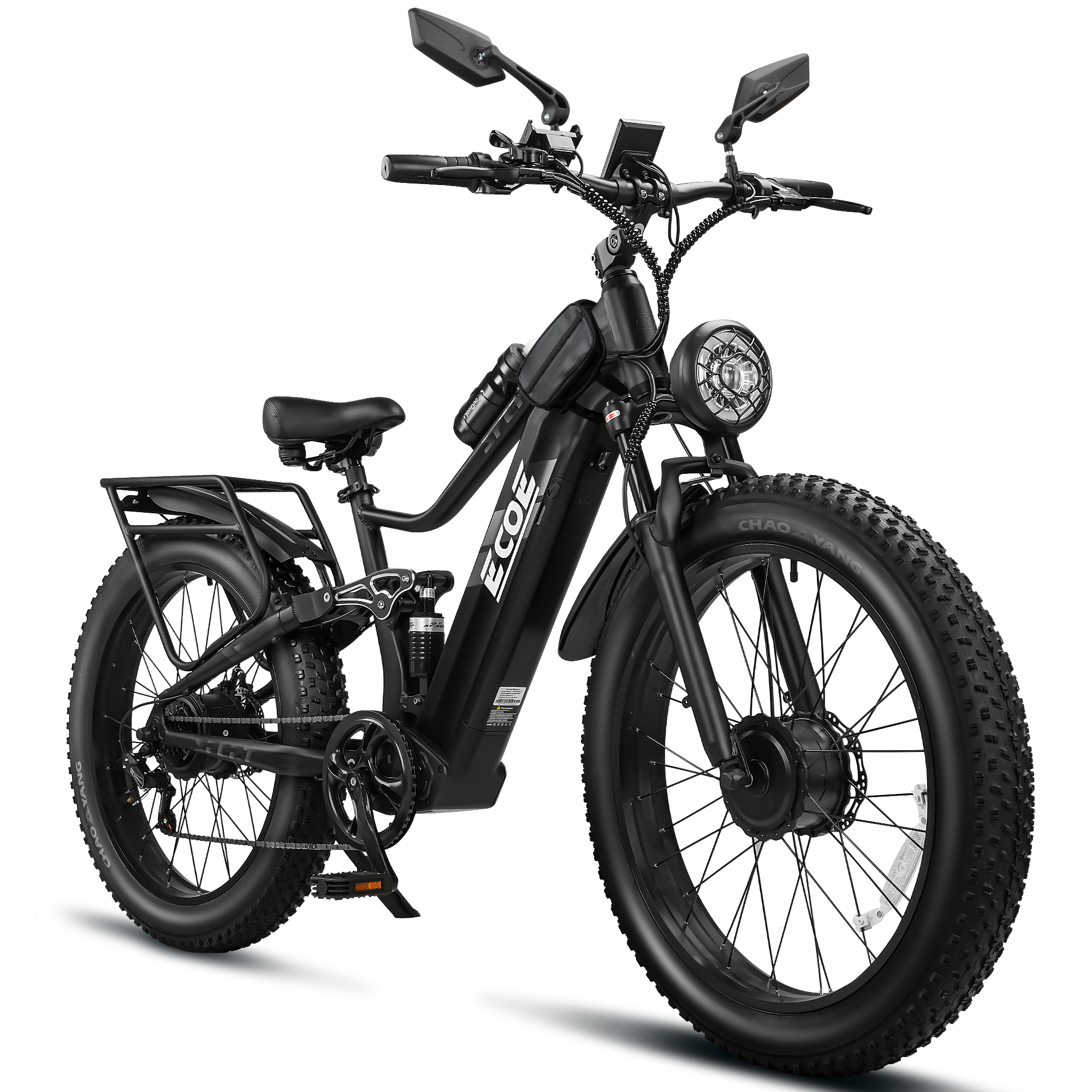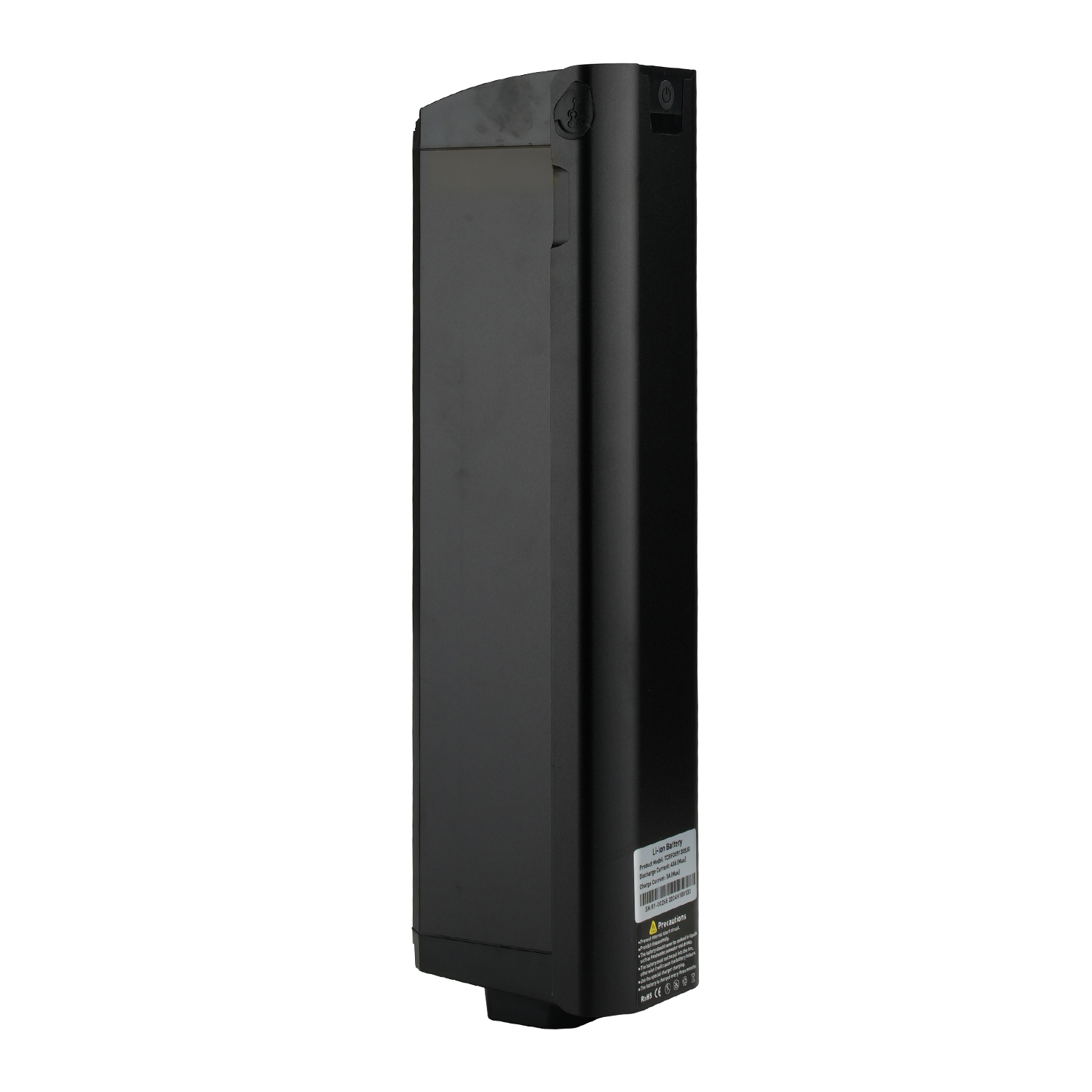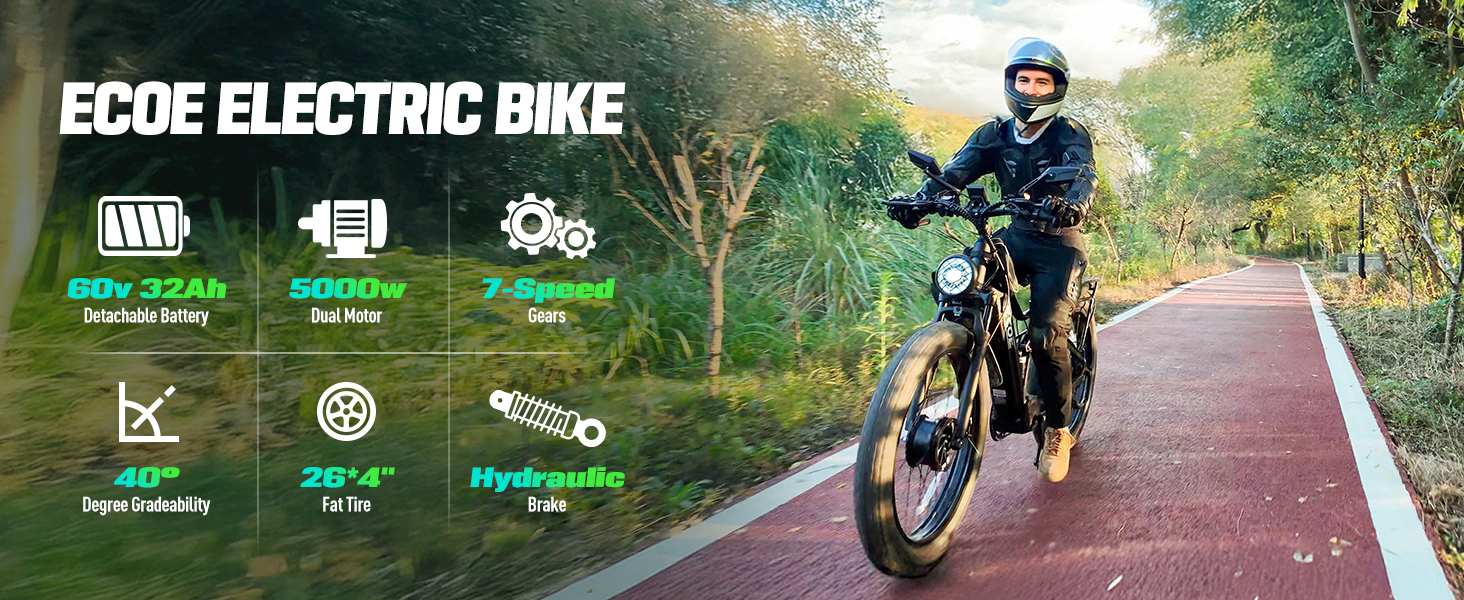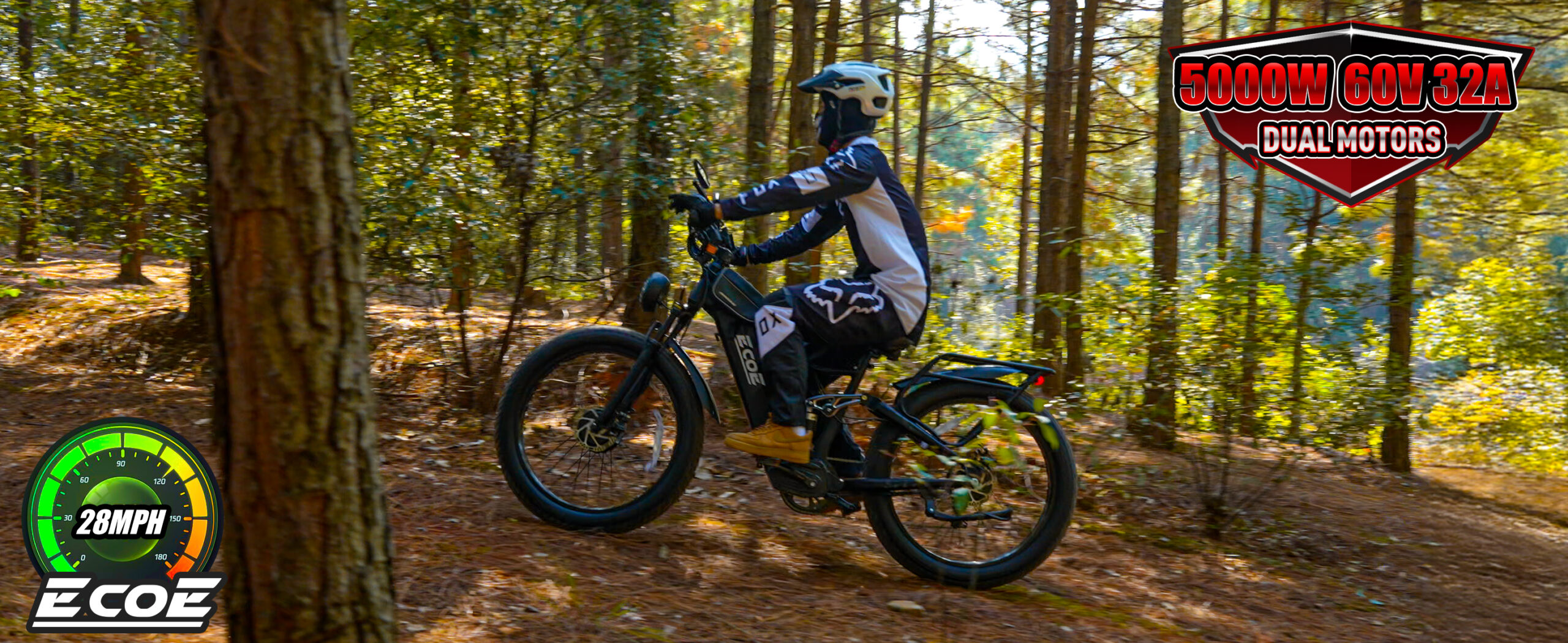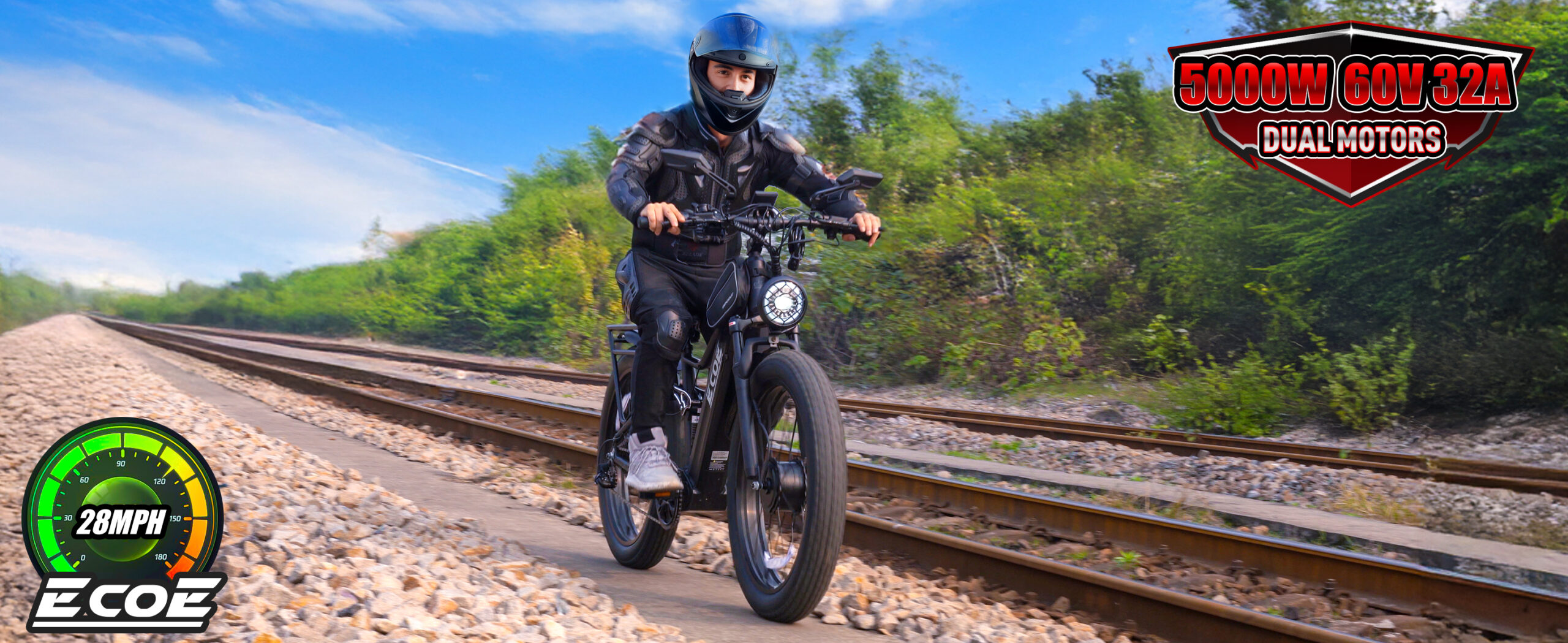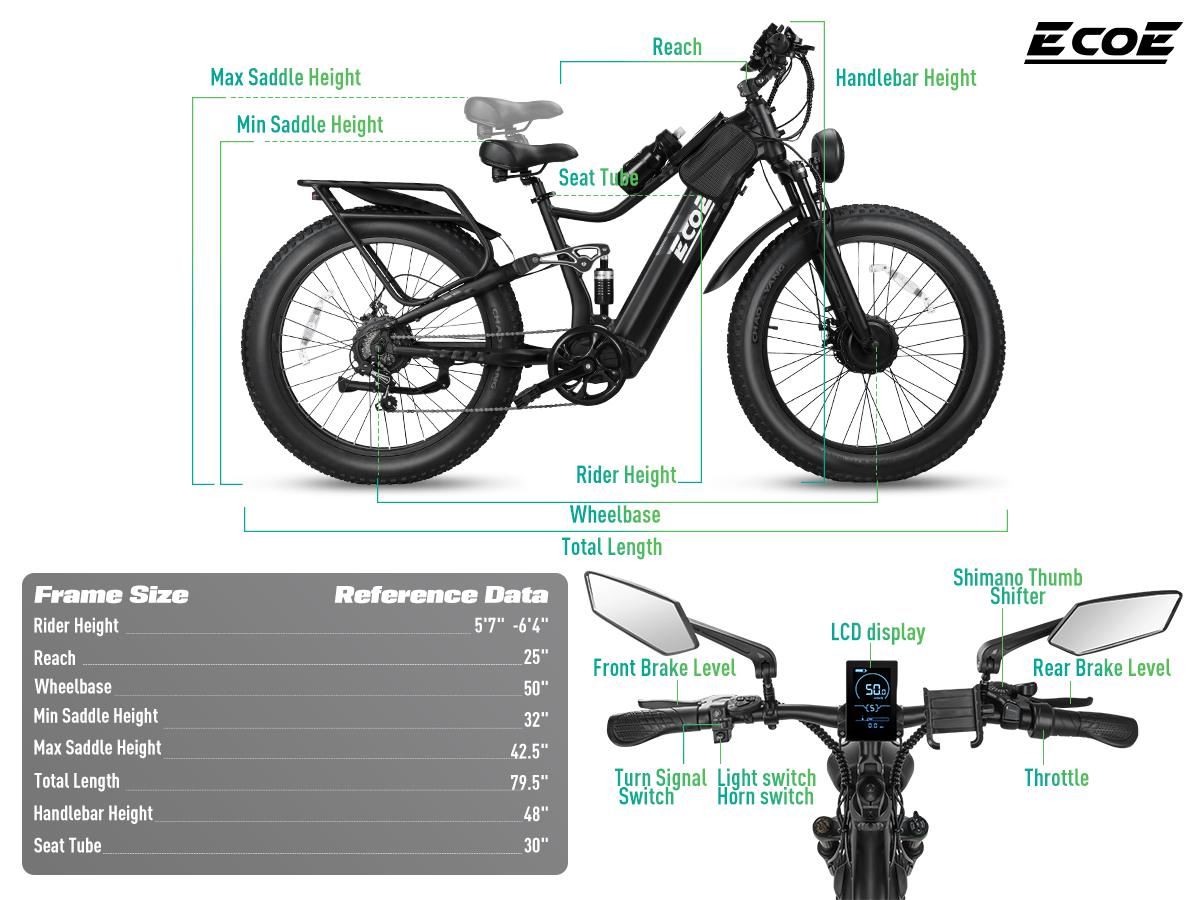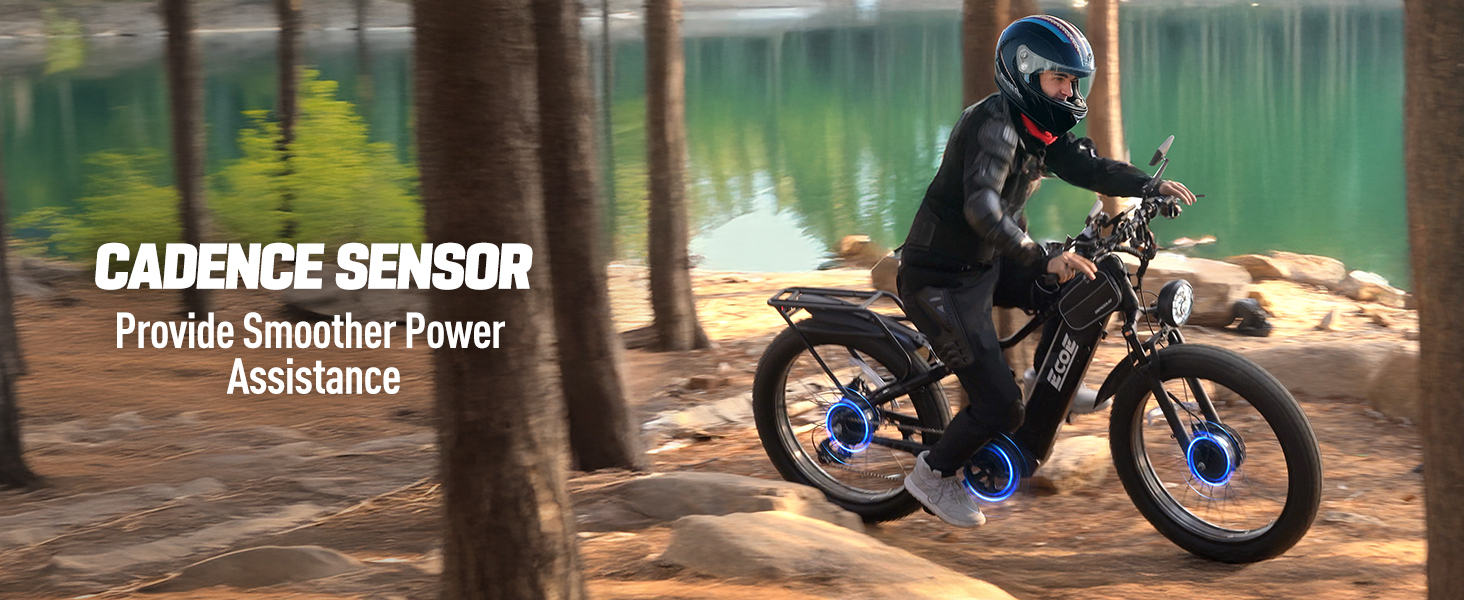Mar 28, 2025
Why Electric Bikes for Adults Are Transforming Urban Transportation in 2025
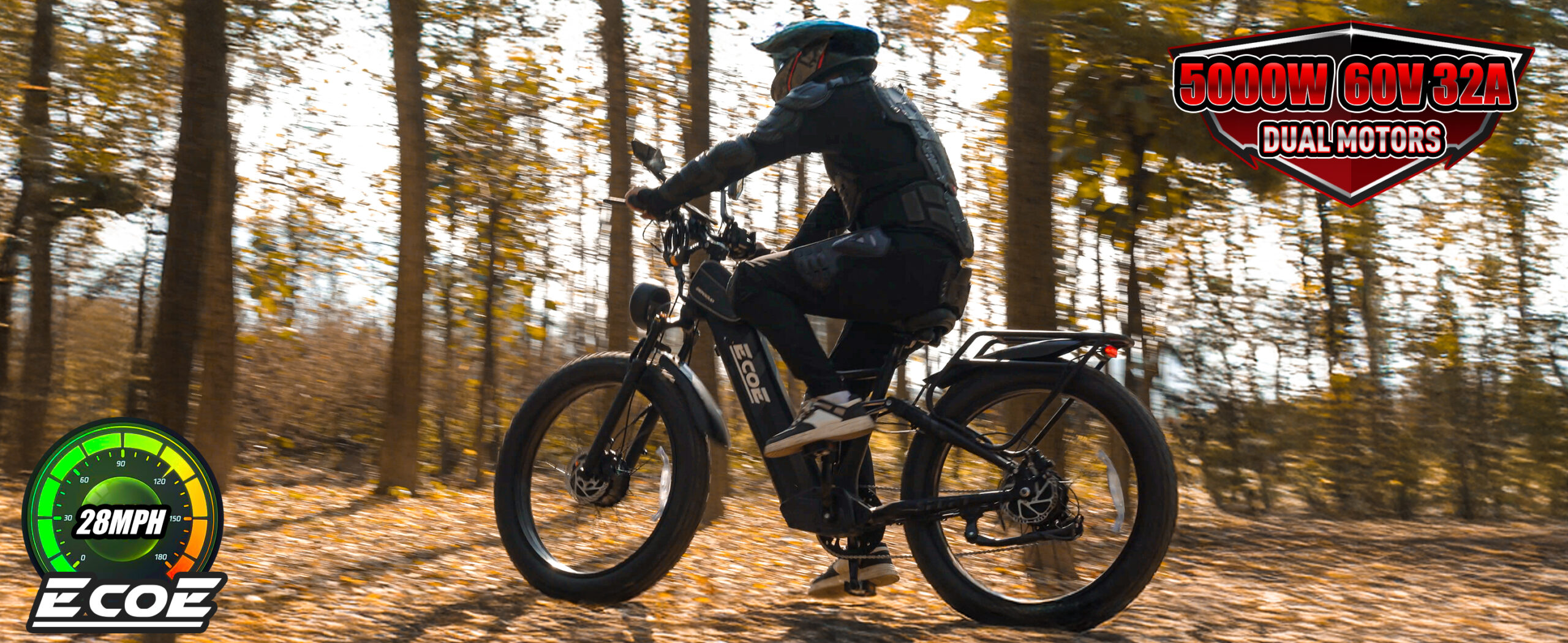
In 2025, electric bicycles (e-bikes) are transforming urban transportation at an astonishing pace. With the advancement of technology, growing environmental awareness, and increasing traffic congestion in cities, more and more adults are choosing e-bikes as their preferred mode of commuting, leisure, and daily transportation. These e-bikes not only offer a convenient and economical way to travel but also significantly enhance the efficiency and sustainability of urban living. Below, I will explore how e-bikes disrupted urban transportation in 2025 from five aspects: convenience, cost-effectiveness, environmental impact, technological innovation, and future trends.

In the morning, we head to the office as usual, riding our e-bikes through the city streets, bypassing the long lines of traffic and feeling the freedom of the breeze on our faces. In the past, we had to endure the crowded subways, slow buses, and occasional strikes. Now, a high-performance e-bike can easily solve all these problems.
“I never want to take the subway again!” Mike, a netizen from New York, shared his experience on a social platform: “After using an e-bike, my commuting time has been cut in half, and it’s even faster than driving.” Indeed, e-bikes are not only agile but can also use bike lanes and alleys to avoid traffic jams, significantly improving commuting efficiency.
In 2025, gas prices continue to rise, parking fees are getting more expensive, and public transportation fares are also increasing. In contrast, the maintenance cost of an e-bike is low, and the charging cost is negligible, making it an ideal choice for many urban dwellers.

Take the Ecoe Electric Bike as an example. Its efficient battery system allows for a range of about 80 miles on a single charge, with a charging cost less than the price of a cup of coffee. Compared to traditional cars, using an e-bike not only reduces fuel and parking expenses but also avoids additional costs such as car insurance and repairs.
Emma, a cycling enthusiast from San Francisco, said, “Since I switched to an e-bike, I’ve saved nearly $200 a month on transportation costs, and I even canceled my gym membership—because cycling has become my daily exercise.”
Amidst global climate change, city governments around the world have been rolling out low-carbon transportation policies to encourage the use of environmentally friendly vehicles. With their zero-emission characteristics, e-bikes have become the top choice for environmentalists.
Compared to the several tons of carbon dioxide emitted by cars each year, the carbon footprint of e-bikes is almost negligible. A study in London found that if 20% of people in the city center switched from cars to e-bikes, the annual carbon emissions would be reduced by millions of tons. Some cities have even introduced tax incentives and purchase subsidies for e-bikes to further promote their adoption.
“The biggest motivation for me to buy an e-bike is to reduce environmental damage,” wrote a blogger from Los Angeles in his cycling diary. “Now, by cycling every day, I not only reduce carbon emissions but also enjoy the scenery along the way, which makes me feel much better than being stuck in traffic.”

In 2025, e-bikes have far exceeded our imagination from just a few years ago, with intelligence, automation, and high performance becoming the mainstream trends in the market. Modern e-bikes are equipped with smart LCD displays that offer navigation, mileage tracking, battery management, and other functions. Some high-end models even support remote control via smartphone apps.
Brands like Ecoe Electric Bike have introduced high-performance e-bikes with 5000W motors, which are not only astonishingly fast but also capable of handling various terrains, suitable for urban, mountainous, and even rugged rural roads. Meanwhile, the application of lightweight materials has made e-bikes more portable, with some folding models being easily carried into subways or offices.
“The e-bike I bought has a cruise control mode, automatic gear shifting, and even an anti-theft system,” a German user shared on a forum. “It feels like a smart car, both effortless and safe.”
The future of the e-bike industry is full of possibilities. With the advancement of battery technology, the range will be further extended, and innovative technologies such as wireless charging are gradually being applied. At the same time, the optimization of urban infrastructure, such as the increase of dedicated bike lanes and the integration of intelligent transportation systems, will make e-bikes a more mainstream mode of transportation.
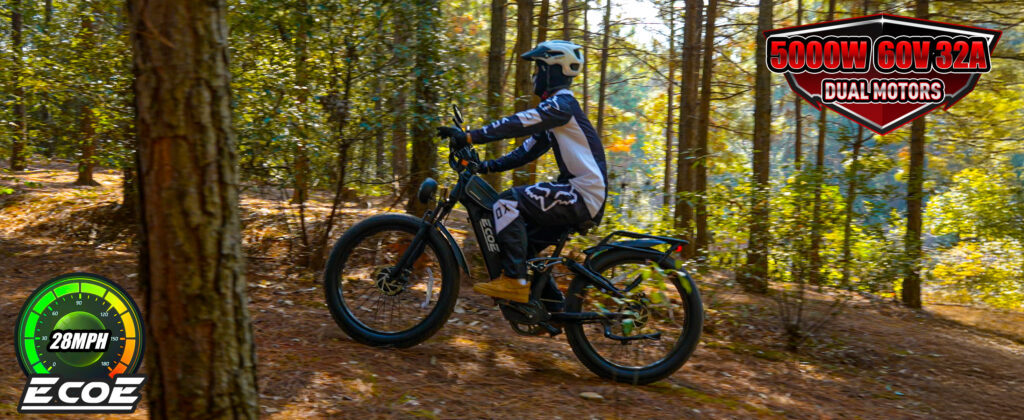
In the future, we may see more personalized and customized e-bikes, such as detachable modular batteries, multiple driving mode options, and lighter body designs. In addition, with the development of the sharing economy, shared e-bikes may also become the main mode of short-distance urban travel.
In 2025, e-bikes have become more than just a mode of transportation; they represent a lifestyle. They make urban travel more convenient, economical, and environmentally friendly, and promote the integration of technology and transportation. From New York to London, from Tokyo to Los Angeles, more and more people are embracing this new way of traveling.
Standing at the crossroads of the city, we watch people riding their e-bikes freely through the streets. Their agile figures seem like a glimpse into the future. Perhaps in a few years, e-bikes will become the mainstream of urban transportation, and each of us will be a witness and participant in this transformation.
Leave a comment
Please note, comments need to be approved before they are published.
当前文章评论已关闭。

